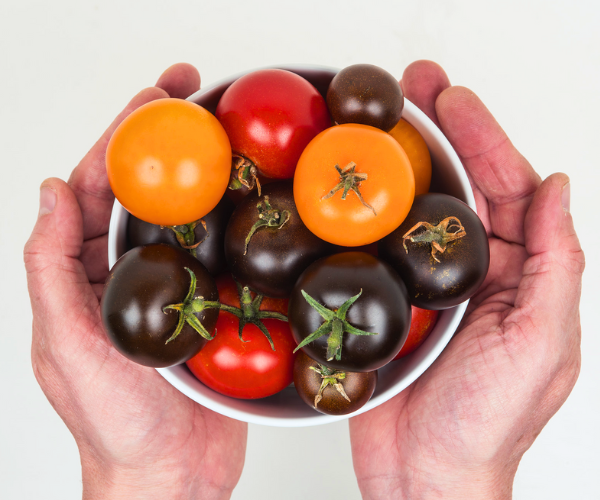Monocot immune receptor works in dicots too
Scientists at The Sainsbury Laboratory have discovered a new way to manipulate plant immunity, which could lead to the development of new, disease-resistant crop varieties.
Professor Cyril Zipfel and his team are interested in how plants respond to microbial attack. Receptors on the surface of plant cells, called pattern recognition receptors or PRRs, recognise conserved microbial molecules, which ultimately raise the plant’s immune system and help it to ward off disease.
Broadly speaking, there are two main groups of flowering plant, monocots and dicots, which are very distantly related and cannot interbreed. In this study, working with collaborators at the University of California Davis (US), Professor Zipfel and postdoctoral scientist Dr Nick Holton, have for the first time shown that despite the evolutionary distance between these two groups of plants, the PRR XA21, which is only present in the monocot crop species rice, can be transferred into a dicot species – the model plant Arabidopsis thaliana – and still retain its immune function.

Dr Holton said: “XA21 normally helps rice plants to fight bacterial infection. Although rice and Arabidopsis are so distantly related, we noticed that the Arabidopsis PRR called EFR works in a very similar way to the rice PRR. We wondered if we could get the rice PRR to work in Arabidopsis - and the answer is yes!”
The researchers grafted a specific XA21 domain on to the EFR protein to create a ‘chimera’; a protein with characteristics of PRRs from both plants. Arabidopsis plants expressing this chimeric protein were then exposed to different bacterial pathogens to see if the plants would be more immune responsive to these aggressions. Excitingly, they did.
Professor Zipfel said: “Our research shows that dicots and monocots share a very ancient immune signalling pathway for responding to pathogen attack – so similar in fact, that the parts involved in the process appear to be interchangeable. This really exciting finding opens the door to transferring disease resistance traits between other crop species that we previously thought were not possible. In fact, with American colleagues, we are already working towards doing this by creating dicot plants with monocot resistance to Xanthomonas spp - a pathogen family that blights valuable crop species such as tomato, citrus fruits and Brassicas."


